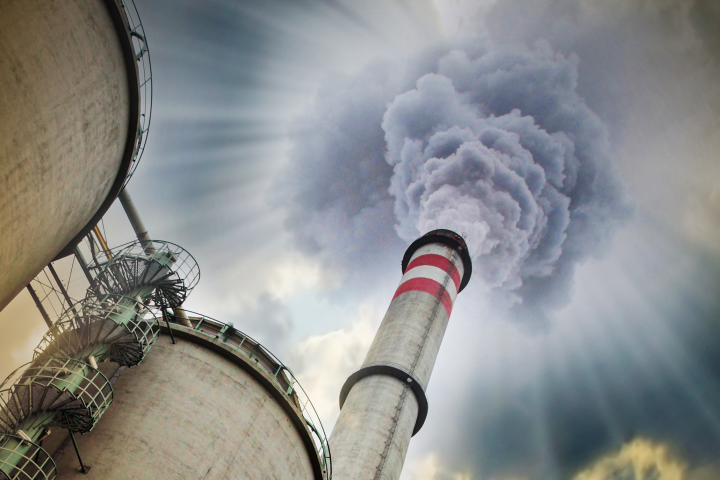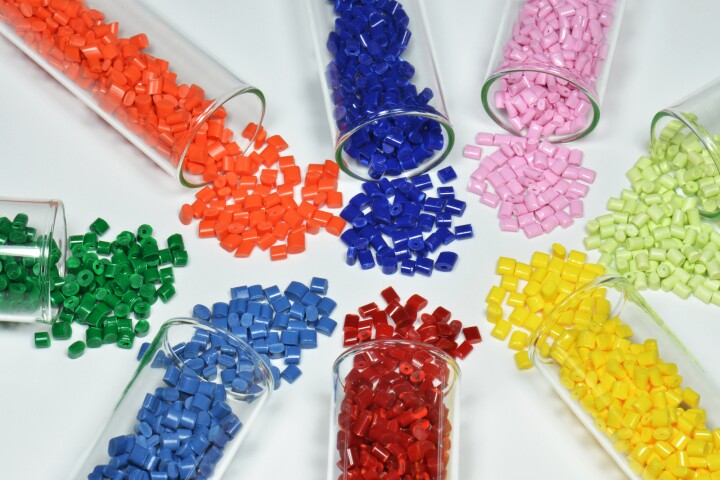Pollution
-
That we have a huge plastic waste problem is clear, but there are numerous efforts to stem the tide while also cleaning up the mess. Nature is also joining the battle, and scientists have now identified a marine fungus at the plastic-devouring front line.
-
In 2016 researchers found unusually high levels of magnetite in a number of human brain samples. The tiny toxic particle can be found in modern urban air pollution and is now suspected to be one environmental contributor to Alzheimer's disease.
-
While stormwater runoff pollutants in general aren't great for aquatic animals, chemicals from tire particles are particularly harmful to salmon. A study now shows that permeable pavements could keep most of those toxins from ever reaching the fish.
-
Though efforts to clean up plastic waste from our oceans are well underway, it's also vital to stem the tide at a major source of pollution: rivers. Researchers in South Korea are looking to doing just that at a "living lab" facility in Gongju.
-
No-one enjoys idling in peak-hour traffic, yet scientists have identified that a blood pressure spike during it doesn't come from frustration but from ultrafine particles flowing into the car. And the average 4.5 mm Hg spike lasts for an entire day.
-
While the use of recycled plastics is normally considered a noble endeavor, a new study says it's time to think twice. In an analysis of the material from more than 10 different countries, hundreds of potentially harmful chemicals were uncovered.
-
Checking for pollutants in the environment via soil sampling and other traditional methods can be a laborious process, but what alternatives are there? Well, scientists have now engineered a plant to turn red when exposed to specific toxic chemicals.
-
Purifying polluted soil can be a difficult process, often requiring the soil to be dug up and transported to an offsite remediation facility. Now, however, scientists have developed an eco-friendly method of treating it where it lays – by zapping it.
-
Years before Samsung and others started tackling microplastic from machine washes escaping into the environment, there was Slovenia-based PlanetCare. Now the company has announced its second-generation external filter.
-
While it's important to track and quantify airborne pollutants, most gas sensors are located at ground level, not up where the pollutants spread. A new lab-on-a-drone system is designed to address that limitation, by taking the tech to the sky.
-
A new study has found that we’re doing something right when it comes to air pollution. An analysis of global data has found that exposure to fine particulate matter, a leading environmental health risk, has fallen.
-
We often hear of cyanobacteria as being the cause of toxic algae blooms in lakes. Soon, however, a 3D-printed material that incorporates the microbes may be used to purify polluted water – and after the bacteria are finished, they'll kill themselves.
Load More











